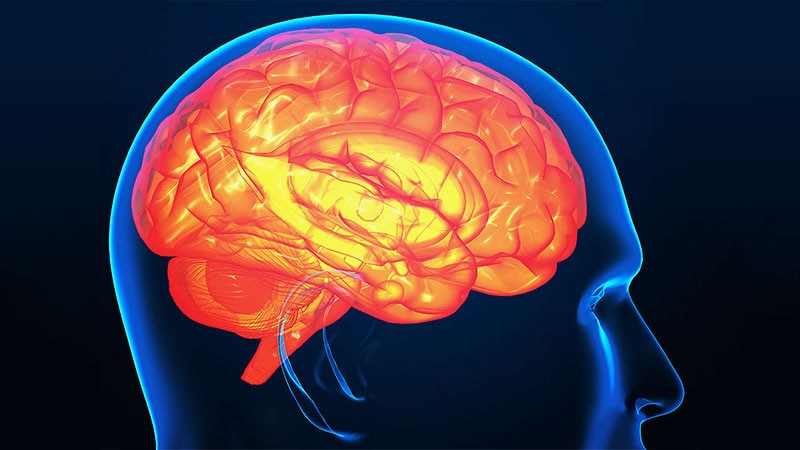Brain Abnormalities Linked to SIDS Uncovered
Core Concepts
Specific brain abnormalities in babies who died of SIDS.
Abstract
Researchers found brain abnormalities in babies who died of SIDS, impacting waking and breathing functions. The study compared brain stems of babies who died of SIDS and other causes, highlighting the need for further research despite the discoveries. Safe-sleep practices are crucial, as identifying babies with these abnormalities remains a challenge.
Researchers Discover Brain Abnormalities Linked to SIDS
Stats
SIDS is the leading cause of infant death in the U.S., affecting 103 out of every 100,000 babies.
Quotes
"The relationship between the abnormalities and cause of death remains unknown." - Robin Haynes, PhD
Key Insights Distilled From
by Lisa O'Mary at www.medscape.com 05-26-2023
http://www.medscape.com/viewarticle/992486
Deeper Inquiries
How can advancements in brain research further aid in understanding SIDS?
Advancements in brain research can significantly contribute to understanding SIDS by delving into the molecular and cellular mechanisms underlying the condition. By studying specific brain abnormalities, such as the altered 5-HT 2A/C receptor binding found in the medulla oblongata in babies who died of SIDS, researchers can uncover potential biological causes of sudden infant death. This knowledge can lead to the development of targeted interventions or treatments to prevent SIDS. Additionally, advancements in brain imaging techniques can provide insights into the structural and functional differences in the brains of infants at risk of SIDS, offering a more comprehensive understanding of the condition.
What are potential drawbacks of solely focusing on brain abnormalities in SIDS cases?
While studying brain abnormalities in SIDS cases is crucial for understanding the biological basis of the condition, solely focusing on this aspect may overlook other contributing factors. SIDS is a multifactorial syndrome influenced by a combination of genetic, environmental, and physiological factors. By exclusively concentrating on brain abnormalities, researchers may miss out on exploring the complex interplay between these different factors. Additionally, a narrow focus on brain abnormalities may limit the development of holistic prevention strategies that address various risk factors associated with SIDS, such as unsafe sleep practices, maternal smoking, or prematurity.
How can societal perceptions of infant care impact SIDS research and prevention efforts?
Societal perceptions of infant care can significantly impact SIDS research and prevention efforts. Misconceptions or lack of awareness about safe sleep practices, such as placing babies on their backs to sleep, using a firm sleep surface, and avoiding soft bedding, can increase the risk of SIDS. Societal attitudes towards infant care practices, such as bed-sharing or using unsafe sleep environments, can influence the prevalence of SIDS. Moreover, cultural beliefs or traditions related to infant care may conflict with evidence-based recommendations for reducing the risk of SIDS. Addressing societal perceptions through education, awareness campaigns, and culturally sensitive interventions is essential for promoting safe sleep practices and reducing the incidence of SIDS.
0
